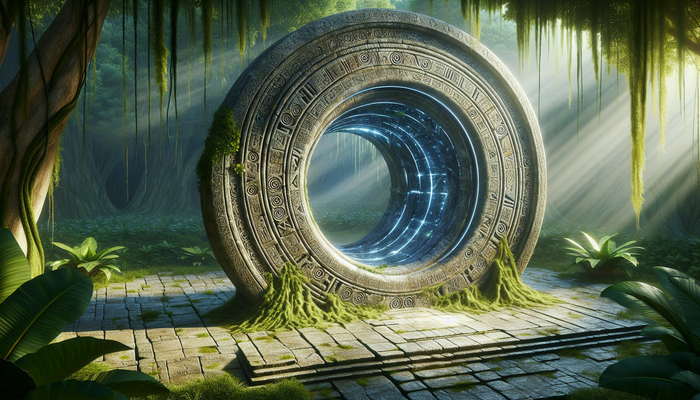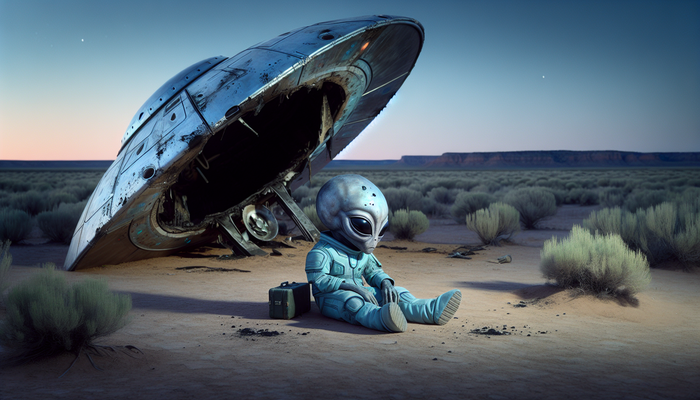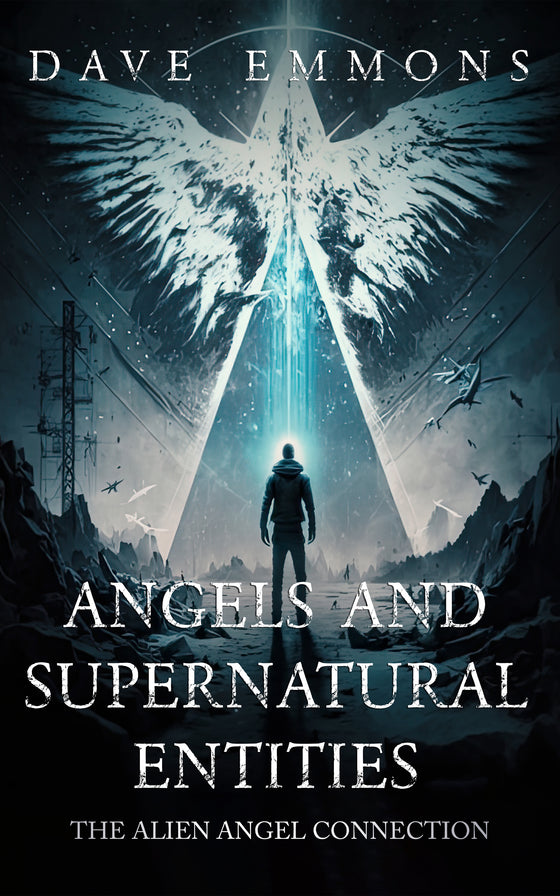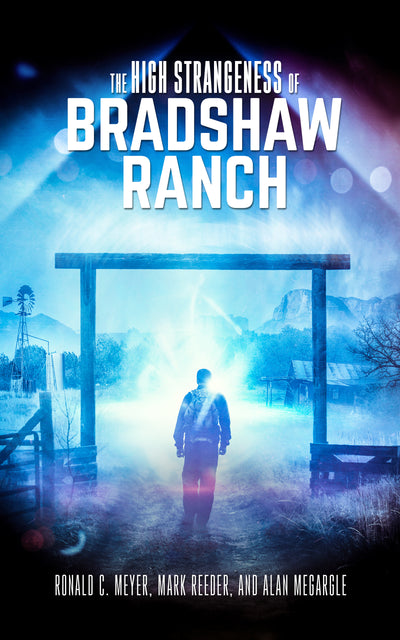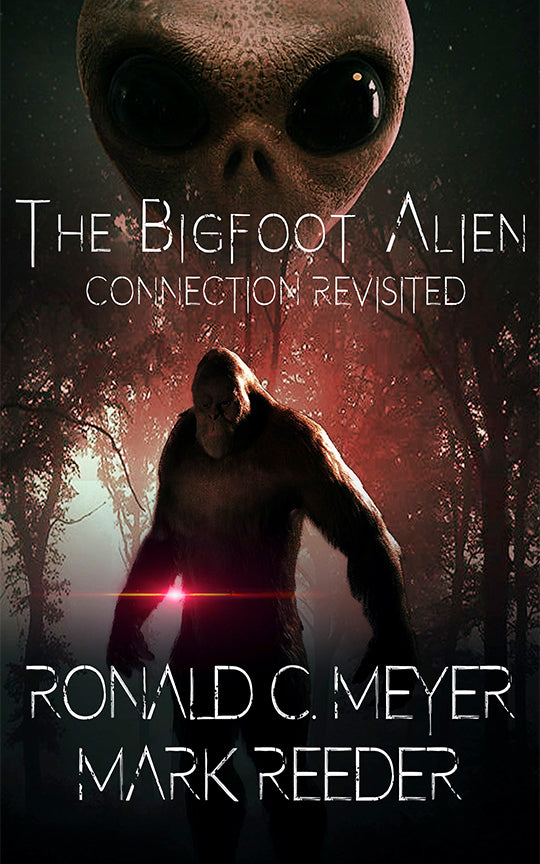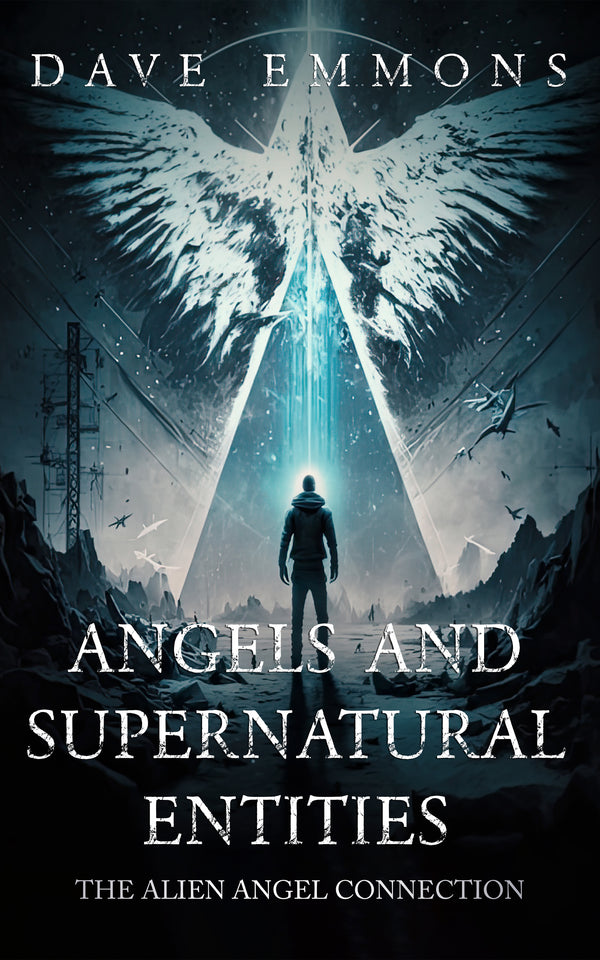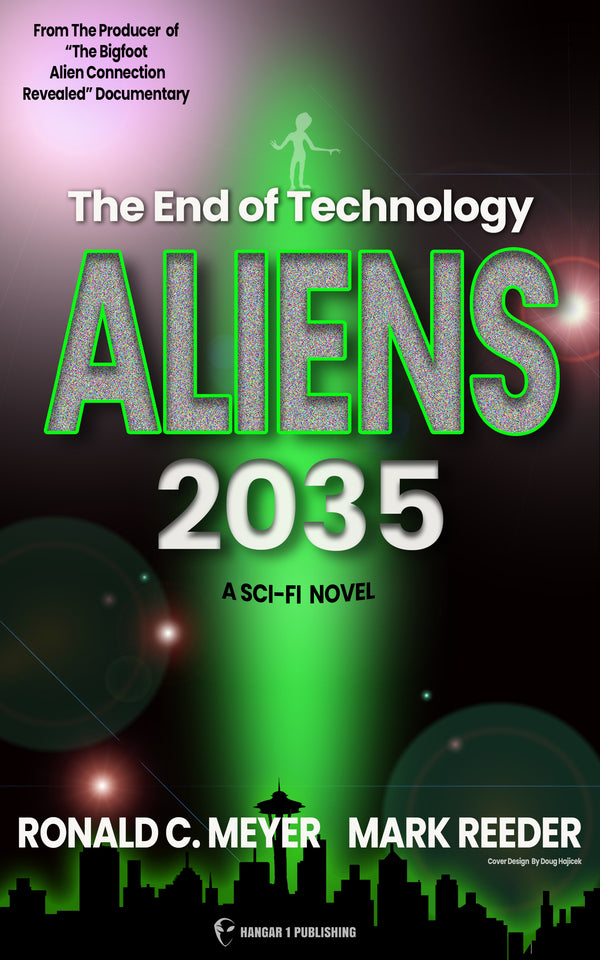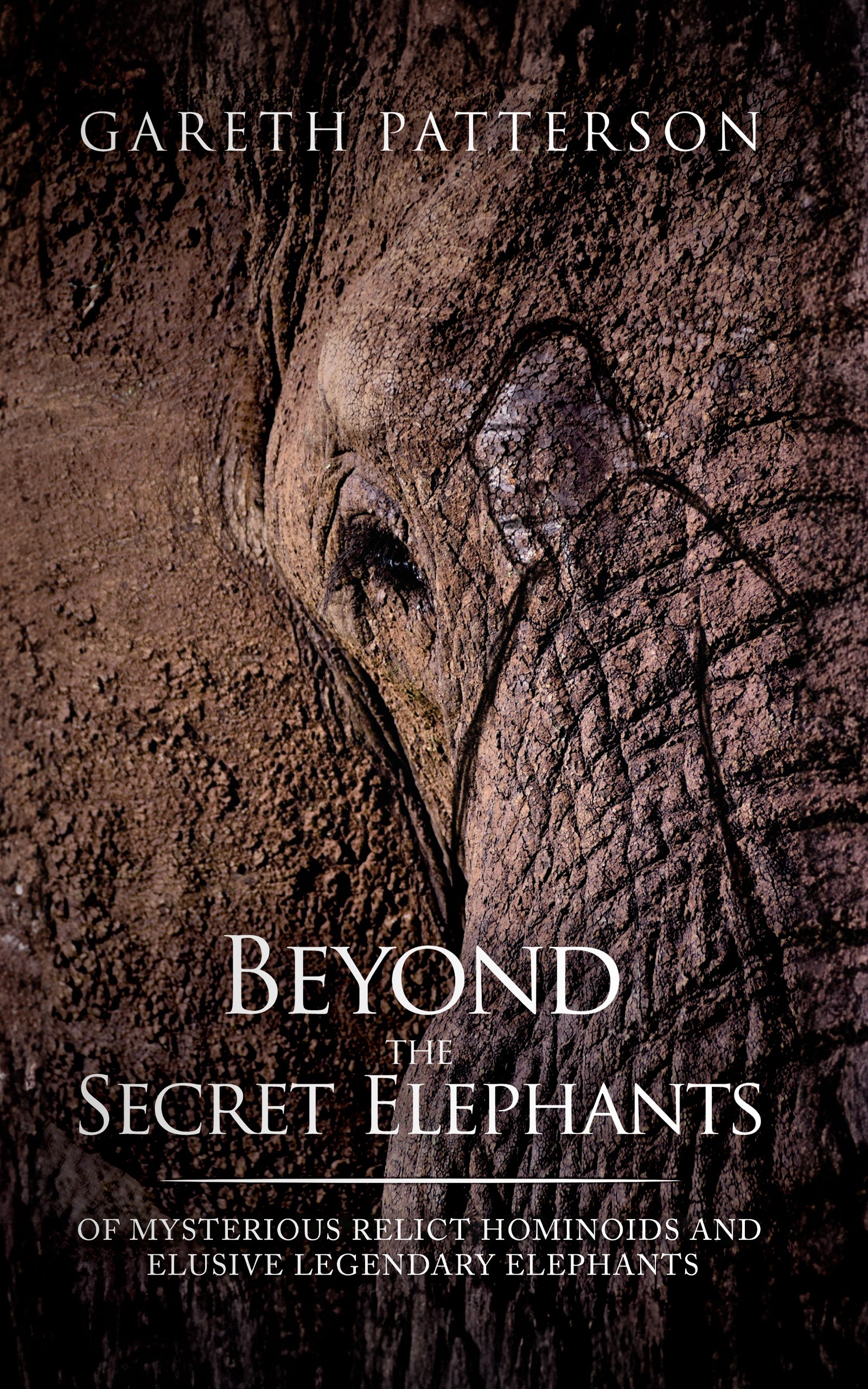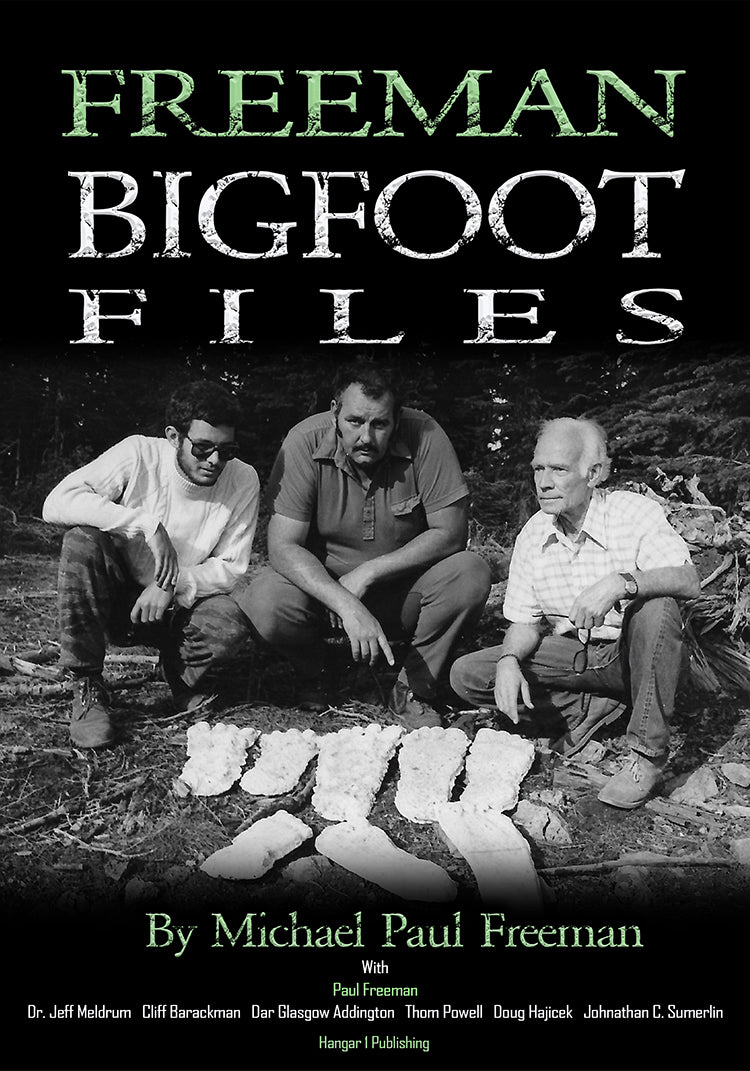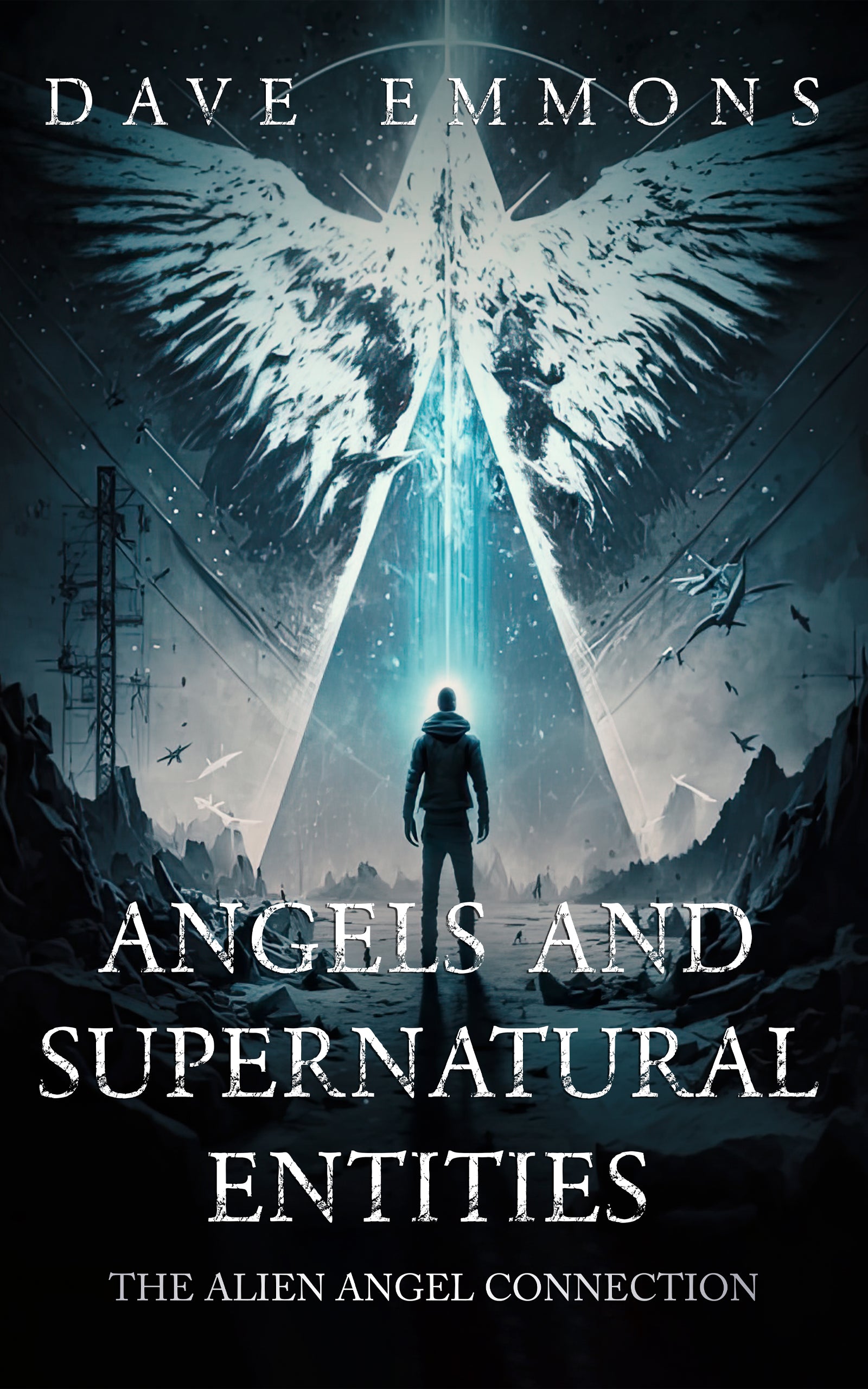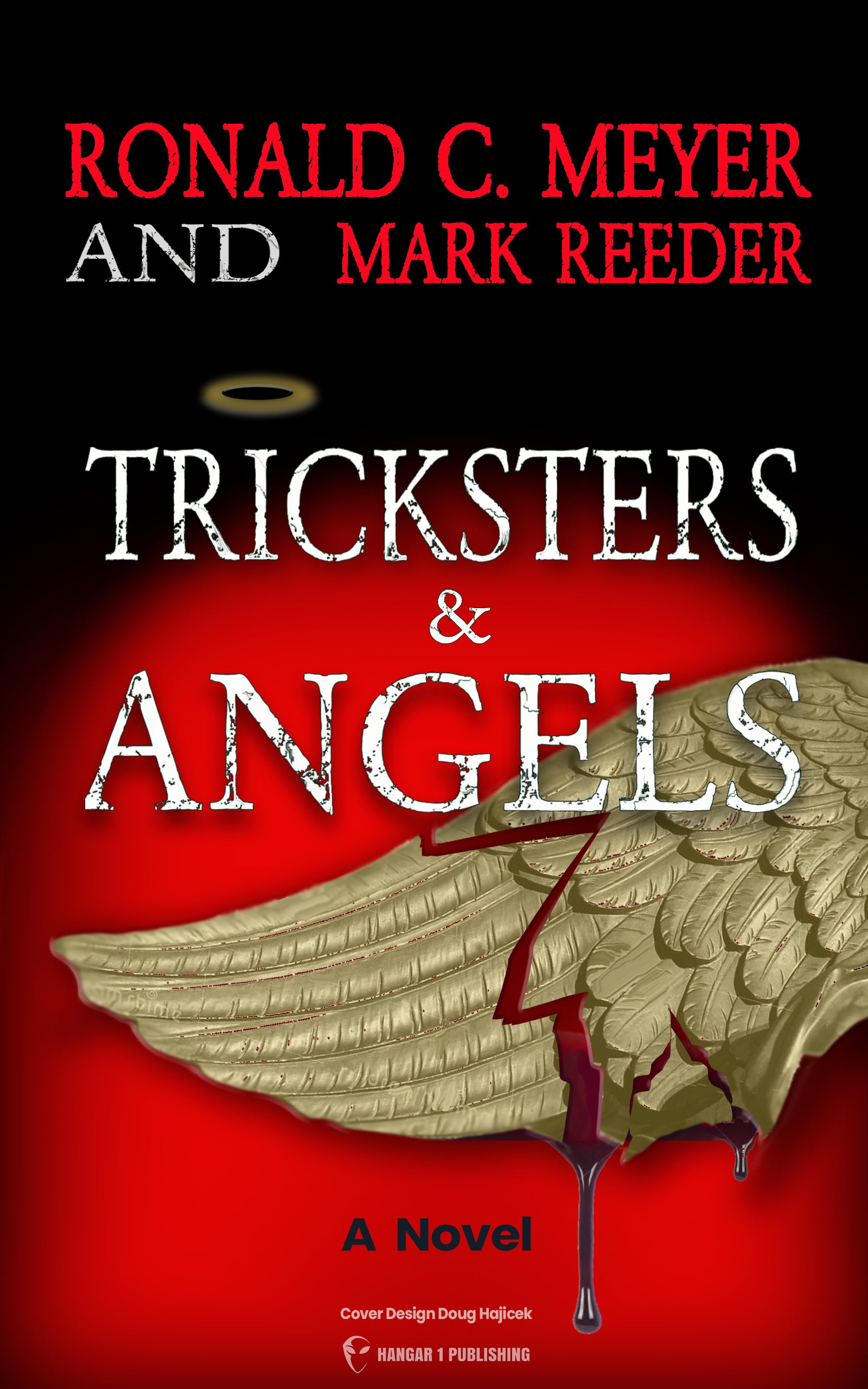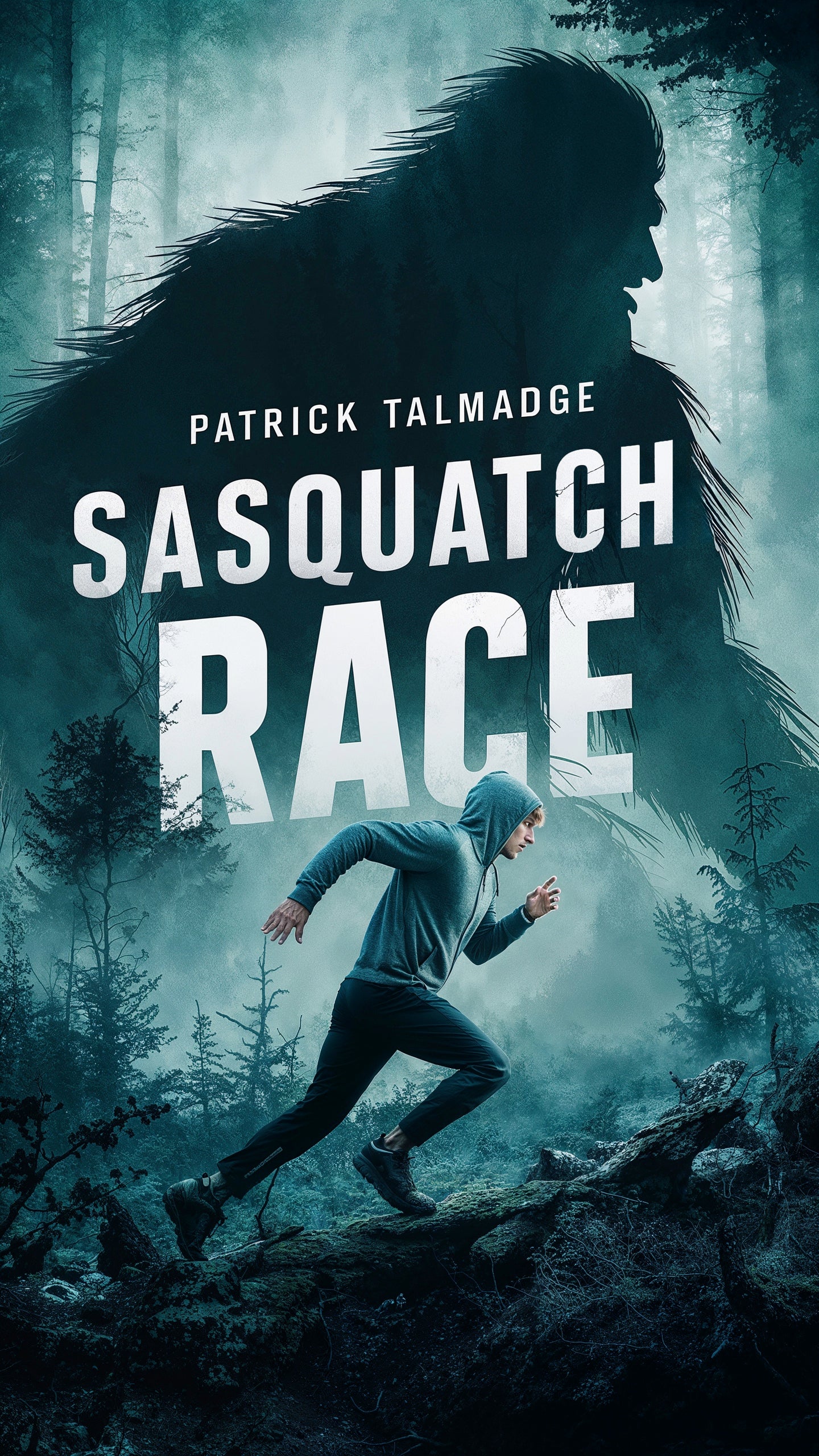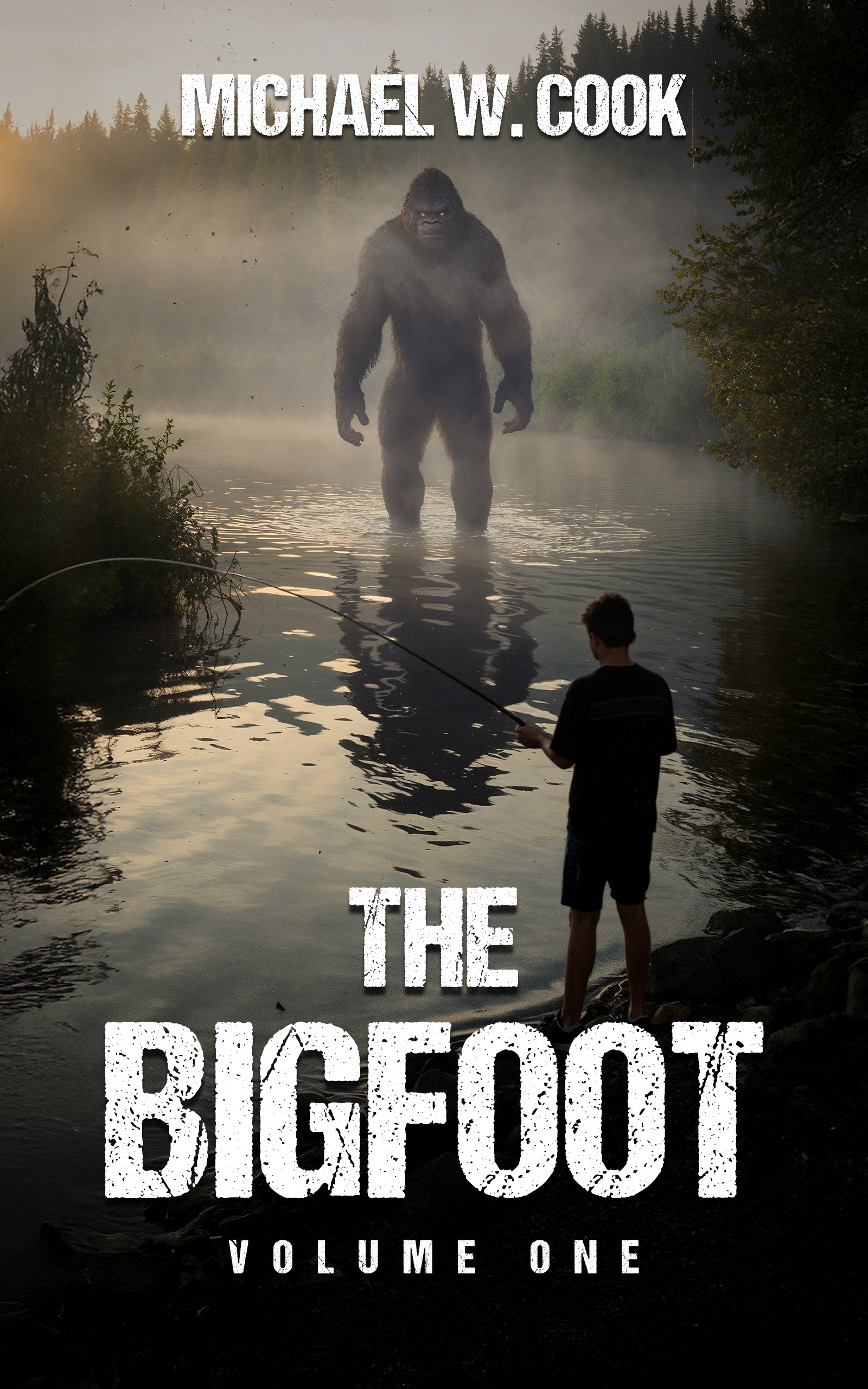The Green Fireballs: The True Story of a Cold War UFO Mystery
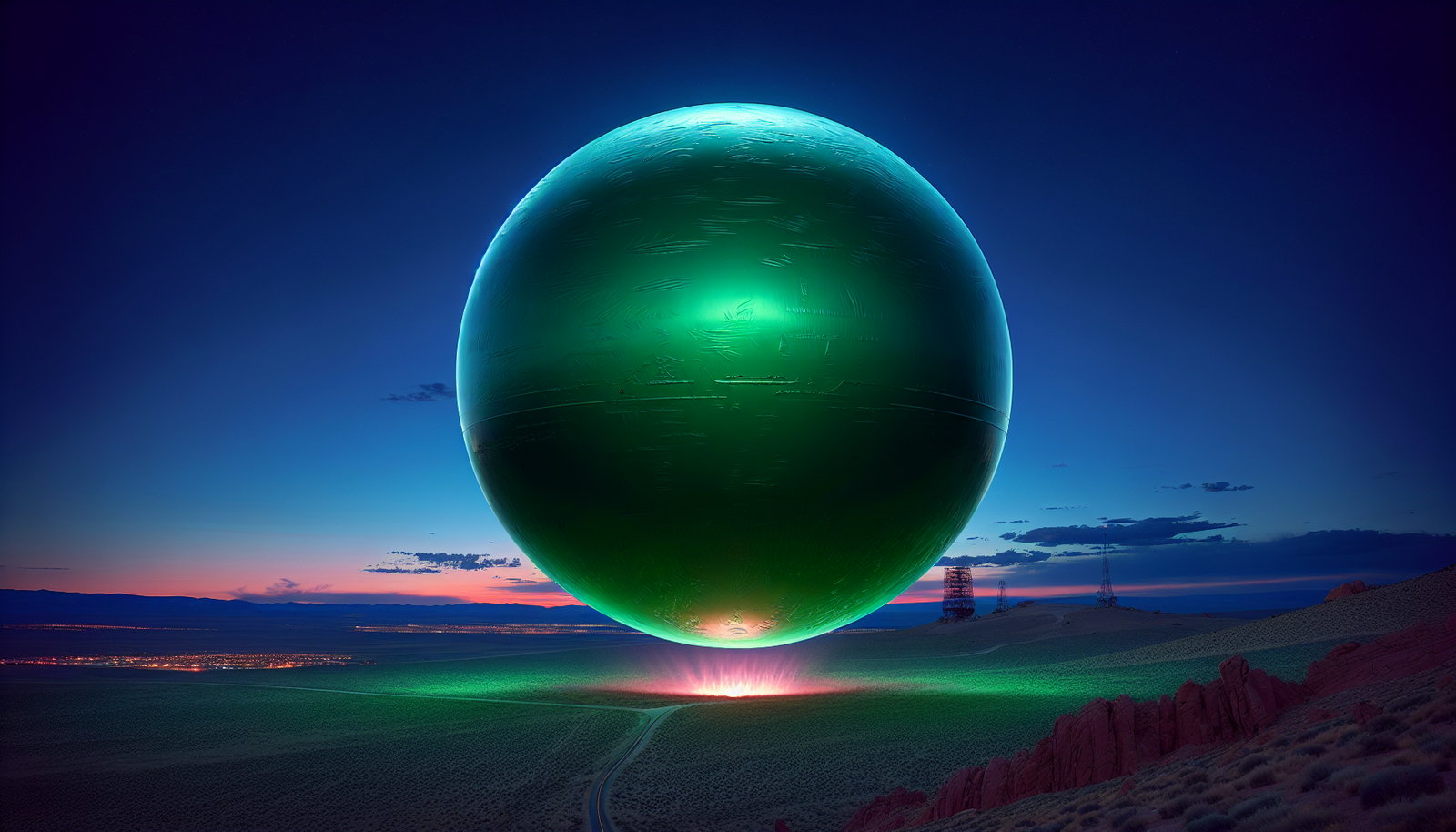
By Gabriel Chen, Ufologist
A Tale of Two Fireballs
It's a cold December night in 1948. A U.S. Air Force pilot is cruising high above the New Mexico desert when suddenly, an emerald orb shoots past his aircraft, defying every law of physics he knows. The object moves horizontally, parallel to Earth, silent as death itself. Now fast-forward to 2024-a doorbell camera in Louisiana captures a brilliant green streak across the night sky, and within minutes, it's viral on social media with millions asking, "Was that a UFO?"
Are these the same phenomenon separated by 76 years? Or is one a solved scientific curiosity while the other remains one of the most compelling mysteries in UFO history? The answer cuts to the heart of how we interpret the unknown, how technology shapes our understanding, and why some mysteries refuse to die even when science offers explanations.
The Dawn of the Phenomenon: When the Skies Over the Secret State Turned Green
Setting the Stage: The Land of Rockets and Atom Bombs
In the late 1940s, the American Southwest was ground zero for the nation's most closely guarded secrets. Los Alamos had birthed the atomic bomb. Sandia Base housed the weapons. Kirtland Air Force Base protected them all. The vast New Mexico desert, with its clear skies and isolated expanses, had become a fortress of American nuclear might.
But it was also a landscape of paranoia. The Soviet Union had just detonated its own atomic bomb in August 1949. Every unexplained light in the sky could be a Russian reconnaissance craft. Every anomaly might herald the opening salvo of World War III. Into this pressure cooker of Cold War anxiety came something that would shake even the most hardened military minds.
December 5, 1948: The Night the Mystery Ignited
The phenomenon announced itself with authority. At 9:05 PM MST, the crew of a USAF C-47 transport spotted what they initially described as a "green flarelike light" west of Las Vegas, New Mexico. Twenty-two minutes later, at 9:27, they radioed Kirtland AFB to report another green flare that seemed to rise from the ground near the Sandia Mountains, climbing to 500 feet before disappearing.
But the real drama unfolded at 9:35 PM. Captain Ernest Van Lloyd was piloting Pioneer Airlines Flight 63, a civilian DC-3, when he spotted what he first dismissed as a shooting star. Within seconds, that dismissal turned to alarm. The green object wasn't behaving like any meteor he'd ever seen-it was flying level, and worse, it appeared to be on a collision course with his aircraft.
"I was so startled that I attempted to jerk the plane out of the way," Van Lloyd would later tell Air Force investigators. The object, which he described as "pale green with a pale green trail" and "as big, or bigger, than a full moon," passed close enough to terrify him before trailing off toward the ground.
The Onslaught: A Wave of Credible Witnesses
What followed was an avalanche of sightings that would make even skeptics pause. December 6th brought reports from a Sandia Base security officer who witnessed a "greenish flare lasting 2-3 seconds." December 8th saw two Air Force Office of Special Investigations agents-S/A Stahl and Neef-take to the skies themselves to investigate. What they found exceeded their expectations.
At 6:33 PM, while flying at 11,500 feet, they encountered their quarry. Their official report reads with the dry precision of trained observers trying to describe the impossible: "The object was similar in appearance to a burning green flare, the kind that is commonly used in the Air Force. However, the light was much more intense and the object appeared considerably larger than a normal flare. The trajectory of the object, when first sighted, was almost flat and parallel to the earth."
Throughout December 1948, the sightings continued: the 11th, 13th, 14th, 20th, and 28th all brought new reports. This wasn't mass hysteria-the witnesses included pilots, both military and civilian; intelligence officers; weather observers; and the scientists working at the nation's most sensitive installations. These were people trained to observe, analyze, and report accurately.
Deconstructing the Anomaly: Why These Weren't Just Meteors
Enter Dr. Lincoln LaPaz, a man whose expertise would transform the green fireballs from curious sightings into a full-blown scientific mystery. LaPaz wasn't just any astronomer-he was the head of the University of New Mexico's Institute of Meteoritics and one of the world's foremost authorities on meteorites. During World War II, he'd even helped track Japanese balloon bombs using his expertise in trajectories and atmospheric phenomena.
The Color Conundrum: An Unearthly, "Traffic-Light" Green
LaPaz approached the investigation with scientific rigor. He carried with him a well-worn color spectrum chart, systematically interviewing witnesses and asking them to identify the exact shade they'd seen. Time after time, witnesses pointed to the same color: a vivid, distinct green that LaPaz noted was markedly different from the pale, yellowish-green occasionally reported in natural meteors.
"This wasn't the color of copper burning in the atmosphere," LaPaz would later explain. "This was something else entirely-a pure, intense green like nothing in the natural meteor record."
The Impossible Trajectory: Defying the Laws of Physics
But color was just the beginning of the anomalies. The trajectories reported by multiple trained observers flew in the face of basic physics. Meteors, pulled by Earth's gravity, arc across the sky in predictable paths. They don't fly horizontally. They certainly don't level off from a descent. And they absolutely don't climb back up into the sky.
Yet witness after witness reported exactly these impossible maneuvers. On December 20, 1948, observers watched green fireballs descend at a 45-degree angle, then abruptly level off into horizontal flight. One soldier, interviewed by investigators, insisted: "These things came straight at us, they went along the horizon and shot back up into the sky. Can a meteor do that?"
The answer from every physicist and astronomer was an unequivocal no.
The Eerie Silence: Soundless Spectacles
Large meteors announce themselves. When a bolide-an exceptionally bright meteor-tears through Earth's atmosphere, it creates sonic booms that can shatter windows and stampede cattle. The friction of its passage generates a roar that can be heard for miles.
The green fireballs were silent as ghosts.
Ranchers reported their cattle spooked by the brilliant green light but noted the complete absence of sound. Pilots flying with their windows cracked open heard nothing. Ground observers standing in the still desert night experienced the same eerie quiet. This silence wasn't just unusual-for objects of the reported size, brightness, and speed, it was virtually impossible.
The Vanishing Act: No Trail, No Debris, No Answers
Perhaps most frustrating for LaPaz was what the green fireballs didn't leave behind. His career had been built on recovering meteorites, using witness reports to triangulate impact sites with remarkable accuracy. He'd done it dozens of times before, even showing investigators maps where he'd successfully plotted and recovered meteorites in Kansas and elsewhere.
But the green fireballs left nothing. No trail of sparks. No lingering dust clouds. And despite numerous expeditions to carefully calculated impact sites, not a single fragment was ever recovered. For LaPaz, this was the smoking gun-or rather, the absence of one. "I've found meteorites the size of pebbles using these techniques," he told Air Force investigators. "These objects, reportedly the size of full moons, left absolutely nothing. That's not natural."
The Official Scramble: Secret Conferences and a Failing Project
The Los Alamos Conference: When Science Met Secrecy
By February 1949, the situation had escalated beyond what local Air Force intelligence could handle. A conference was convened at Los Alamos-not at some military base, but at the very heart of America's nuclear weapons program. The guest list read like a Who's Who of American science and defense.
Dr. Edward Teller was there-the man who would later be called the "father of the hydrogen bomb," possessing one of the most formidable intellects in physics. Dr. Joseph Kaplan attended, a world-renowned authority on upper atmosphere physics. Military brass from multiple services filled out the roster. And of course, Dr. LaPaz was there to present his findings.
The purpose wasn't to debate whether the green fireballs were real-everyone in that room knew they were. The question was what they were. The debate was fierce. Some clung to natural explanations, arguing that unusual atmospheric conditions could create meteors with strange characteristics. Others, including LaPaz, methodically demolished these theories with observed data.
The conference ended with a conclusion that satisfied no one: the phenomena were "probably of natural origin." That "probably" spoke volumes. These were men who had split the atom and were working on fusing it. They didn't deal in "probably" unless they truly didn't know.
Project Twinkle: The Investigation That Fizzled
Unsatisfied with uncertainties, the Air Force launched Project Twinkle in December 1949. On paper, it was exactly what was needed: a network of cinetheodolite cameras stationed around New Mexico, ready to photograph and precisely measure any green fireball that appeared. These instruments could capture not just images but exact times, angles, and positions, allowing for accurate calculation of speed, altitude, and trajectory.
It should have solved the mystery. Instead, it became a case study in bureaucratic failure. Of the three camera stations planned, only one was ever fully operational. Rather than posting the camera at a strategic location and waiting-as any duck hunter would advise-the team tried to chase sightings, always arriving after the show was over.
Budget constraints crippled the project. Morale plummeted. Edward J. Ruppelt, who would later head Project Blue Book, summed it up in three words: "It was a bust." After two years of operations, Project Twinkle had failed to photograph a single green fireball. The project was quietly terminated, its final report concluding weakly that the phenomena remained unexplained.
The Spectrum of Suspicion: Soviets, Secrets, or Spacemen?
The Cold War Hypothesis: Soviet Spy Craft or Secret US Tech?
The timing and location of the green fireballs couldn't have been more suspicious. Here were unknown objects repeatedly appearing over America's most sensitive nuclear facilities at the dawn of the Cold War. The Director of Army Intelligence had written that they might be "the result of radiological warfare experiments by a foreign power." The fear was palpable: Had the Soviets developed some advanced reconnaissance technology that could penetrate American airspace with impunity?
LaPaz himself initially suspected they were artificial devices, possibly Soviet in origin. The controlled flight patterns, the consistency of appearances, and the concentration around nuclear facilities all pointed to intelligence gathering. But if they were Soviet craft, they represented a technological leap that seemed impossible for a nation still recovering from World War II.
The flip side was equally troubling: Were they secret American projects? Some whispered about experimental aircraft or weapons tests. But why test them so visibly over populated areas? And why was the Air Force genuinely scrambling to understand them if they were our own?
The Extraterrestrial Hypothesis: The Los Alamos Scientists' "Educated Guess"
In 1952, Edward Ruppelt made a visit to Los Alamos that would provide one of the most extraordinary passages in UFO literature. Over lunch with a group of scientists and technicians from the lab, the conversation turned to the green fireballs. What Ruppelt heard astonished him.
These weren't fringe believers or UFO enthusiasts. These were the men who had unlocked the atom's secrets, working at the most sophisticated scientific facility in the world. And they had developed a detailed theory: The green fireballs were unmanned probes from an extraterrestrial civilization.
Their logic was compelling in its simplicity. They pointed out that if we were to explore another planet, we'd first send unmanned probes to test atmospheric conditions, survey the landscape, and assess any potential threats-exactly what we'd eventually do with Mars. The concentration of sightings over nuclear facilities made perfect sense: any advanced civilization would be intensely interested in a planet that had just developed atomic weapons.
"The green fireballs," they theorized, "could be some type of unmanned test vehicle that was being projected into our atmosphere from a 'spaceship' hovering several hundred miles above the earth." These probes could be designed to burn up after completing their mission, leaving no evidence behind-explaining LaPaz's futile searches for debris.
The Phenomenon Goes Global and Viral
The intense wave of green fireball sightings over New Mexico faded after 1951, but the phenomenon itself never truly disappeared. Instead, it went global and, eventually, viral. The difference between then and now? Technology. Where once we had only eyewitness sketches and grainy photos, we now have high-definition footage from dashcams, Ring doorbells, and smartphones capturing these emerald visitors in stunning detail.
A Gallery of Modern Sightings
The modern era of green fireball documentation began dramatically in Australia. In 2006, three traffic-light-green fireballs blazed across the northeast of the country. One farmer watched a green ball about 12 inches wide roll slowly down a mountainside, bouncing over rocks-behavior that would later inspire theories about ball lightning triggered by meteoric entry.
New Zealand experienced its own dramatic encounter on July 7, 2022. A green fireball crashed into Cook Strait with the explosive power of 2,000 tons of TNT, creating a massive sonic boom that rattled windows across both islands. The object was estimated at 3.3 feet in diameter-large enough to cause serious concern had it struck a populated area.
Europe has seen its share of green visitors. In 2015, dashcams in Poland and Thailand captured nearly simultaneous events half a world apart. The May 2024 fireball over Spain and Portugal was particularly spectacular, with one observer describing on social media: "This is insane. I thought the sky was falling!"
The United States continues to experience regular sightings. July 2023 brought what media dubbed "UFO panic" when a Ring camera in Gretna, Louisiana, captured a green fireball later seen across six states. One witness wrote, "That ain't no meteor, that's an alien ship warping into our space and time." In October 2024, a brilliant green fireball visible from Illinois to New York prompted hundreds of reports to the American Meteor Society.
The Science Behind the Spectacle: Deconstructing the Modern Fireball
The Chemistry of Color
Modern science has largely solved the mystery of why these fireballs glow green. When a meteoroid-a piece of space rock-enters Earth's atmosphere at speeds between 25,000 and 160,000 mph, friction causes its outer layers to vaporize. Different elements produce different colors when they burn, like a cosmic fireworks display.
The green color has two primary sources. First, many meteoroids contain nickel or magnesium, which burn with a characteristic green flame. Think of it as nature's version of the green fireworks you see on the Fourth of July. Second, the extreme energy of entry can ionize oxygen atoms in the upper atmosphere, causing them to glow green-the same process that creates the green curtains of the aurora borealis.
Size, Speed, and Sound
Modern observations, backed by NASA data, have given us a clear picture of typical green fireball characteristics. Most are caused by objects ranging from grapefruit to basketball size, though some can be larger. They typically travel at speeds exceeding 50,000 mph-fast enough to cross the continental United States in under three minutes.
Unlike their mysterious 1948 predecessors, modern green fireballs often produce impressive sonic booms. The 2022 Cook Strait event rattled windows across New Zealand. A 2024 event in Ohio was heard across multiple states. This actually makes perfect sense-objects of this size entering at these speeds should make noise.
The Role of the American Meteor Society
Today's green fireball reports flow into the American Meteor Society (AMS), which has become the central clearinghouse for fireball sightings. Using sophisticated software, the AMS can take hundreds of witness reports and triangulate exact trajectories, speeds, and likely impact zones. It's exactly the kind of systematic documentation that Project Twinkle failed to achieve.
An Exotic Explanation: Ball Lightning
Physicist Dr. Stephen Hughes proposed an intriguing theory after studying the 2006 Australian sightings. He suggested that in rare cases, a meteor's passage could create a temporary electrical connection between the ionized upper atmosphere and the ground. This could generate ball lightning-mysterious glowing orbs that can appear to move independently and even roll along the ground, potentially explaining some of the most bizarre green fireball reports.
Reconciling Past and Present: Can Science Solve the 1948 Mystery?
Here's where our tale of two fireballs becomes most intriguing. Can the scientific explanations for modern green fireballs retroactively solve the 1948-1951 mystery?
The Case for a Solved Mystery
Modern science advocates would say yes. The green color? Nickel and magnesium, now well understood. The clustering of sightings? The Geminid meteor shower peaks in December, exactly when the 1948 wave began. The concentration around sensitive sites? Confirmation bias-people near important facilities are more likely to report unusual sightings. The lack of debris? Most meteors completely vaporize; finding meteorites is actually quite rare.
The Case for an Unsolved Enigma
But the skeptics have powerful counterarguments. Modern fireballs behave like meteors should-they arc across the sky and often produce sonic booms. The 1948 fireballs flew horizontally, changed direction, and maintained complete silence. Modern fireballs occasionally leave recoverable fragments. Despite intensive searches by one of the world's leading meteorite experts, the 1948 fireballs left nothing.
Most tellingly, Dr. LaPaz-a man who had successfully tracked and recovered dozens of meteorites-remained convinced until his death that the green fireballs were not natural phenomena. Was a world-renowned expert simply wrong? Or was he observing something fundamentally different from today's explainable green meteors?
The Cultural Footprint: From Top Secret Files to Pop Culture
Project Blue Book: The Mystery Dramatized
The History Channel's Project Blue Book brought the green fireball story to mainstream audiences in 2019. Episode six, "The Green Fireballs," took significant creative liberties-adding Russian spies, mysterious artifacts, and a shadowy "Fixer" character. Yet beneath the Hollywood embellishments, it captured something essential: the genuine bewilderment of credible observers facing something that challenged their understanding of the world.
A Glowing Legacy: From Video Games to Trading Cards
In a bizarre twist, the green fireballs have achieved a kind of immortality in pop culture. Luigi, Mario's perpetually overshadowed brother, has been throwing "Green Fireballs" as his signature move in the Super Smash Bros. series since 1999. The MetaZoo trading card game features "The Green Fireballs" as a playable card. It's a strange afterlife for a Cold War mystery-from classified Air Force investigations to Nintendo games.
A Glowing Question Mark in the Sky
The green fireballs present us with a perfect paradox. We have a modern phenomenon that science can explain: large meteors, rich in nickel or magnesium, creating spectacular light shows as they burn up in our atmosphere. We can track them, photograph them, and even predict when certain meteor showers will produce them.
Yet we also have a historical mystery that refuses to be so easily categorized. The concentrated wave of sightings over New Mexico from 1948 to 1951, with their impossible trajectories, eerie silence, and absence of physical evidence, remains officially unexplained. The fact that some of America's brightest scientific minds-including those who built the atomic bomb-seriously considered an extraterrestrial origin speaks to how truly anomalous these sightings were.
Were the green fireballs of 1948 the same phenomenon we see captured on dashcams today? Were they a unique natural event, perhaps triggered by specific atmospheric conditions that we haven't seen since? Were they advanced technology, whether Soviet or American, tested in the skies over the desert? Or were they, as the Los Alamos scientists speculated, something far more exotic-probes from another civilization drawn to observe a species that had just unlocked the power of the atom?
The files are closed, but the case remains open. Every time a brilliant green light streaks across the night sky, whether over New Mexico or New Zealand, it carries with it echoes of that original mystery. In an age where we can explain so much, the green fireballs remind us that the sky above still holds secrets, still has the power to make us wonder, and occasionally, still shows us things that make even experts say, "I don't know."
Perhaps that's their greatest gift-not the answer they might one day provide, but the questions they force us to keep asking.
From Bigfoot to UFOs: Hangar 1 Publishing Has You Covered!
Explore Untold Stories: Venture into the world of UFOs, cryptids, Bigfoot, and beyond. Every story is a journey into the extraordinary.
Immersive Book Technology: Experience real videos, sights, and sounds within our books. Its not just reading; its an adventure.


